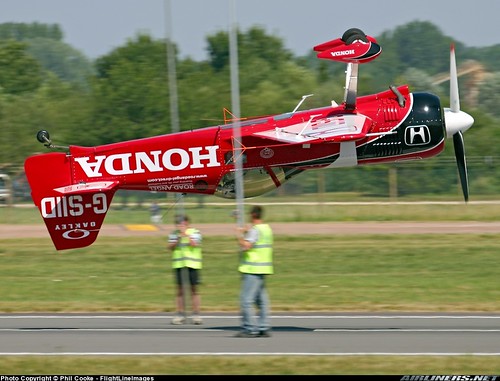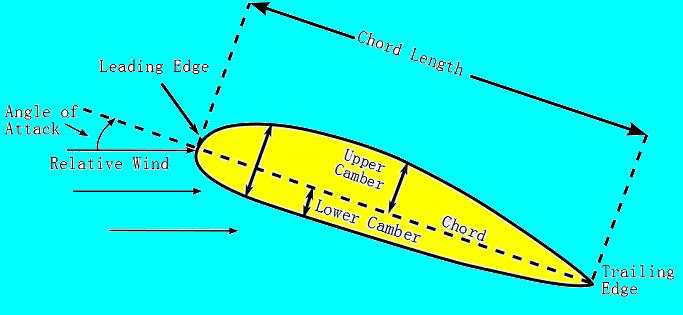The old discussion about how an airplane, that is many tons of steel, can keep staying supported in mere air, is a perfect example for how discussions way too often polarize into two camps with both sides being wrong. Little headway is possible once any attempt at resolution is portrayed as either a dangerous accommodating that leads onto a slippery slope toward defeat, or worse belonging to the other, the evil side. There are too many such issues, not only in politics or largely yet to be explored scientific fields like climatology. Even in known physics, for instance in special relativity, there are these polarized debates where both sides are wrong. The theories are well known and their domains of applicability are well delimited by both mathematics and experiment. It is the “human condition” which obstructs progress.
The issue with the airplane is according to one side of the debate fully explained by the fact that the airplane’s wings have a certain, asymmetric shape: The top, called the “upper camber”, is thicker than the bottom or “lower camber”. The magic of Bernoulli’s principle and related equations of fluid flow make it so that the shape is getting some force directed towards the top side when slicing through a medium like air. This explanation has two problems:

One (1) is that aerobatic planes can fly upside down, and I do not mean a quick loop, but flying along a straight horizontal path while being upside down. This is already proof enough for that the traditional ‘Bernoulli-Magic Position’ cannot be the full story.
The second problem (2) is the usual ‘explanation’ that will be provided if the student is not satisfied with magic. It is said that because the shape of the wing is curved towards the top, the air has to move faster along the top than it needs to flow along the bottom, namely in order to get all the way around the top or respectively the bottom. Therefore a kind of vacuum results which pulls the wing to the top.

This “explanation” is not satisfying for at least three reasons: (2a) Vacuum does not “suck”. Fundamentally it is always the gas particles that interact, and they can only collide; they always push, never pull. If they are faster, they collide even more violently and push yet more. The only act they can perform on the top of the wing is pushing down on it!
Next caveat (2b): The higher top presents a larger cross section to the oncoming air and should be expected to force more air around the top than the relatively flat bottom of the wing forces around the bottom. The bottom gives the air much less of a head-on collision. What about this force pushing more air going over the top than under the bottom in the first place? If you want to have more air going up, you need to somehow push all the air particles up, which needs an upwards force, say exerted by the leading edge of the wing. The wing is in turn pushed down.
Moreover (2c): What makes the top air go faster? Who accelerates the molecules? To make the top air go faster, a lay person will likely only see one way, namely you have to squeeze it between the wing and the air in the atmosphere yet higher above it, since there is no ceiling. It shoots out through the middle like toothpaste out of a squeezed tube. By the way – this is kind of what happens in the Venturi effect which is without fail mentioned by the ‘Bernoulli Magicians’. In other words, there is yet another force that pushes the wing down.
So there is no upwards force that most undergraduate students even in physics could easily spot, but three forces that all ensure the plane never leaves the tarmac plus airplanes flying upside down anyways. The traditional ‘Bernoulli-Magic Position’ is obviously untenable.
The next time I will deconstruct the opposing team, the “Angle of Attack Party”.



Comments